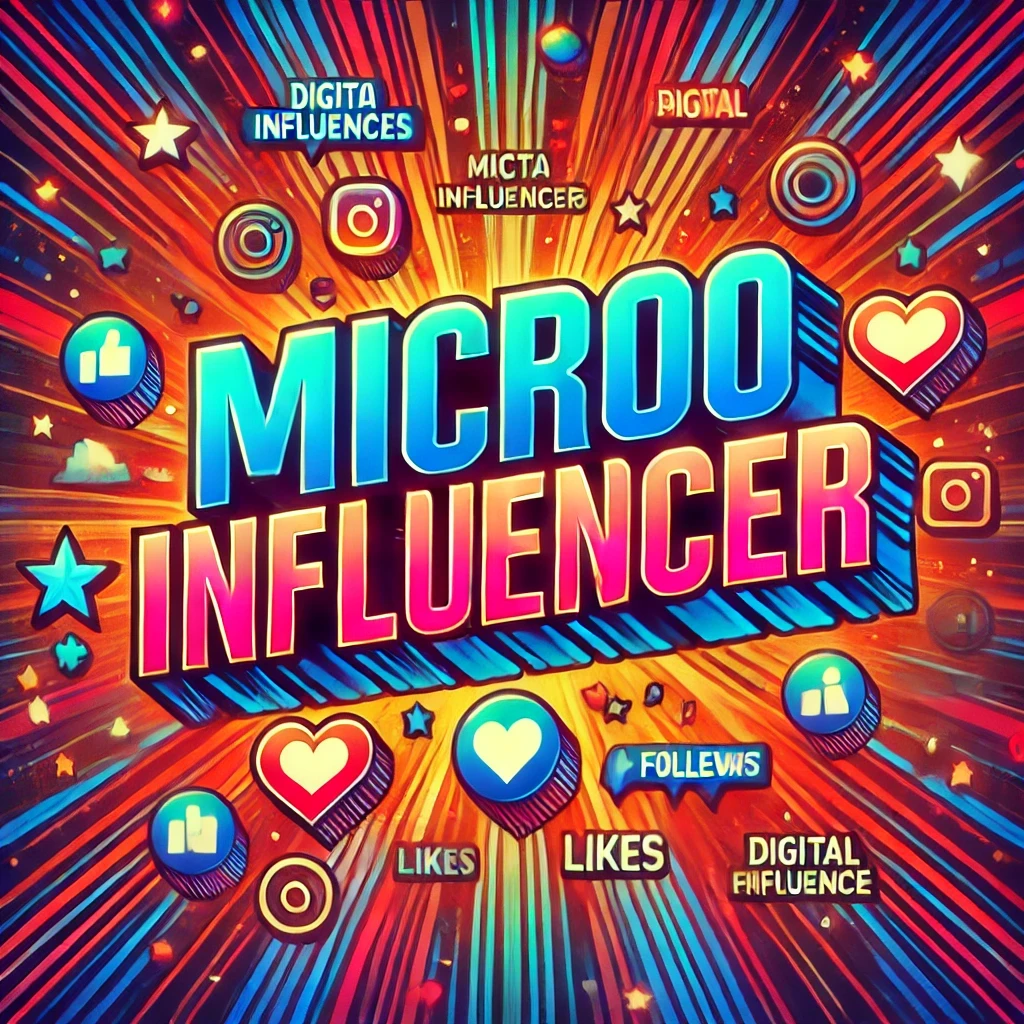The game is changing on Instagram. A huge following isn’t needed to collaborate with brands. Micro-influencers are now in demand!
Social media influencers are everywhere! Some are funny and messy. Others share their real-life struggles as they learn and grow. Some have massive followings while some have smaller followings. These influencers with smaller followings are now taking over.
Want to learn more about micro-influencers? Let’s go!
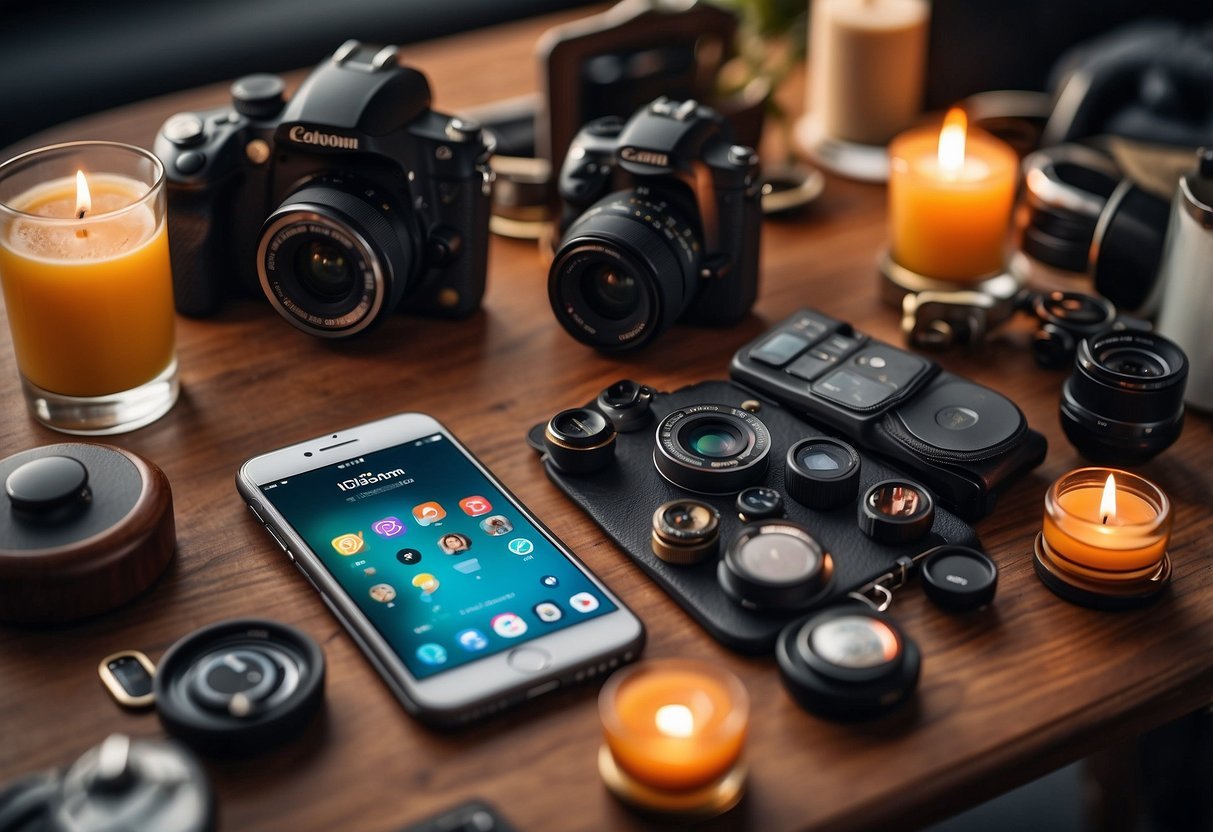
Key Takeaways
- Micro-influencers are affordable and offer high engagement.
- You to tap into niche audiences with micro-influencers.
- Using Instagram’s tools can maximize your impact.
Micro-Influencer on Instagram
Imagine influencers on Instagram as different circles. Macro-influencers are the giant ones, celebrities with millions of followers. Micro -influecners are the smaller circle gaining a lot of attention.
What are Micro-Influencers?
These influencers have a smaller group of followers. Their follower count is between 1k to 10k followers. Their followers are super engaged and interested in their niche. This close connection builds trust. Micro-influencer recommendations feel more like a friend’s tip than an ad.
Working with micro-influencers is easier on the wallet too. Brands can expect to spend around $100-$500 per Instagram post. This is way cheaper when compared to the thousands they might spend using a macro-influencer.
Micro vs. Macro Influencers
It all comes down to follower count and engagement. Macro-influencers have a massive audience, but their followers might not be as enagged Micro-influencers, have a smaller, more dedicated group interested in their specific niche. This leads to way more engagement. This includes things such as likes, comments, and real conversations. This is what brands are really after.
Micro Makes a Big Impact
Brands on a budget can partner with several micro-influencers. This will allow them to reach a wider audience within a specific niche. Higher engagement gives them a better chance at turning followers into paying customers. Keep an eye out for those smaller accounts. They might be just what you need.
Effective Influencer Marketing
Influencer marketing can feel tricky. This will help your brand get noticed and boost your sales.
Finding Your Influencer BFFs
Imagine your ideal customer – that’s who the influencer’s audience should be too! Look for influencers who share your brand’s values. Go for those with followers who fit that description. Don’t underestimate the power of micro-influencers. They often have an engaged audience. These people listen closely to their recommendations.
Check out the influencer’s engagement rate. this includes likes and comments on their posts. You can also check their follower demographics (age, location, interests), and the overall quality of their content. There are influencer marketing platforms that can find you the perfect match too. Building a strong partnership with the right influencer is key to reaching those niche communities. You can create genuine connections with potential customers. Remember, people trust influencers who truly believe in what they’re promoting.
Content That Attracts
Create content that speaks directly to the influencer’s audience’s interests and needs. Photos, videos, and Stories are great. They grab attention more than text alone.
The best content feels natural, not like a forced ad. Encourage the influencer to share their own experiences with your product. This makes it relatable and trustworthy. this is what people look for these days. Keep an eye on how the content performs. Check likes, comments, and share. This will show you what’s working. This data can help you refine future campaigns.
Hashtags
The right hashtags are like magic words. They help people who are interested in your brand find your content. Influencers should use a mix of hashtags. These include popular ones and niche-specific ones.
Stay on top of trends and challenges on platforms like Instagram. This is great for getting your brand noticed. Taking part in these challenges can give your brand a boost. Remember to track how your hashtags are performing. Make changes if needed. Using hashtags strategically make sure that your content reaches the right people. This helps you build a loyal customer base
Collaborating with Micro-Influencers
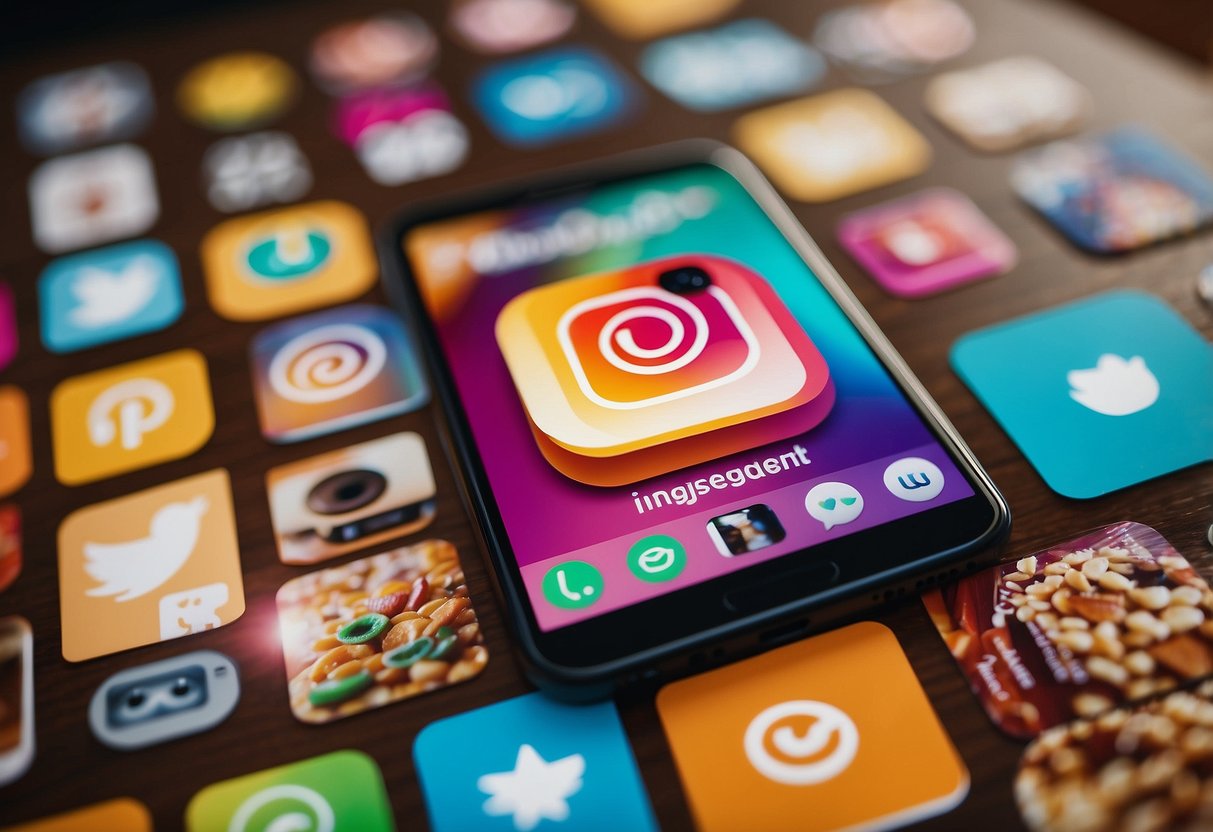
Working with micro-influencers is great. Here’s why:
Budget-Friendly
Micro-influencers are affordable. They charge much less than macro influencers.
Micro-influencers accept payment in a few ways:
- You might have to pay them a fee.
- Some want free products.
- Others are fine with an affiliate code that gets them a percentage anytime someone buys your products.
This flexibility gives you control over your budget.
Another perk? Micro-influencers are open to working with brands for longer periods. This builds trust and authenticity with their audience. This can be more powerful in the long run.
Tracking Your Success
To see if your micro-influencer campaign is working, pay attention to these numbers:
- Engagement: How much do people like, comment, and share the influencer’s posts?
- Clicks: How many people click on links in the influencer’s posts?
- Conversions: How many people buy your product or sign up for your service?
- Micro-influencers often have fans who really trust them. This is why their posts can lead to more sales. It’s like having a friend recommend your product to their friends!
Use tools to track these numbers and see what’s working. You can use Google Analytics or Instagram Insights. This way, you can make your campaigns even better!
Boost Your Influence
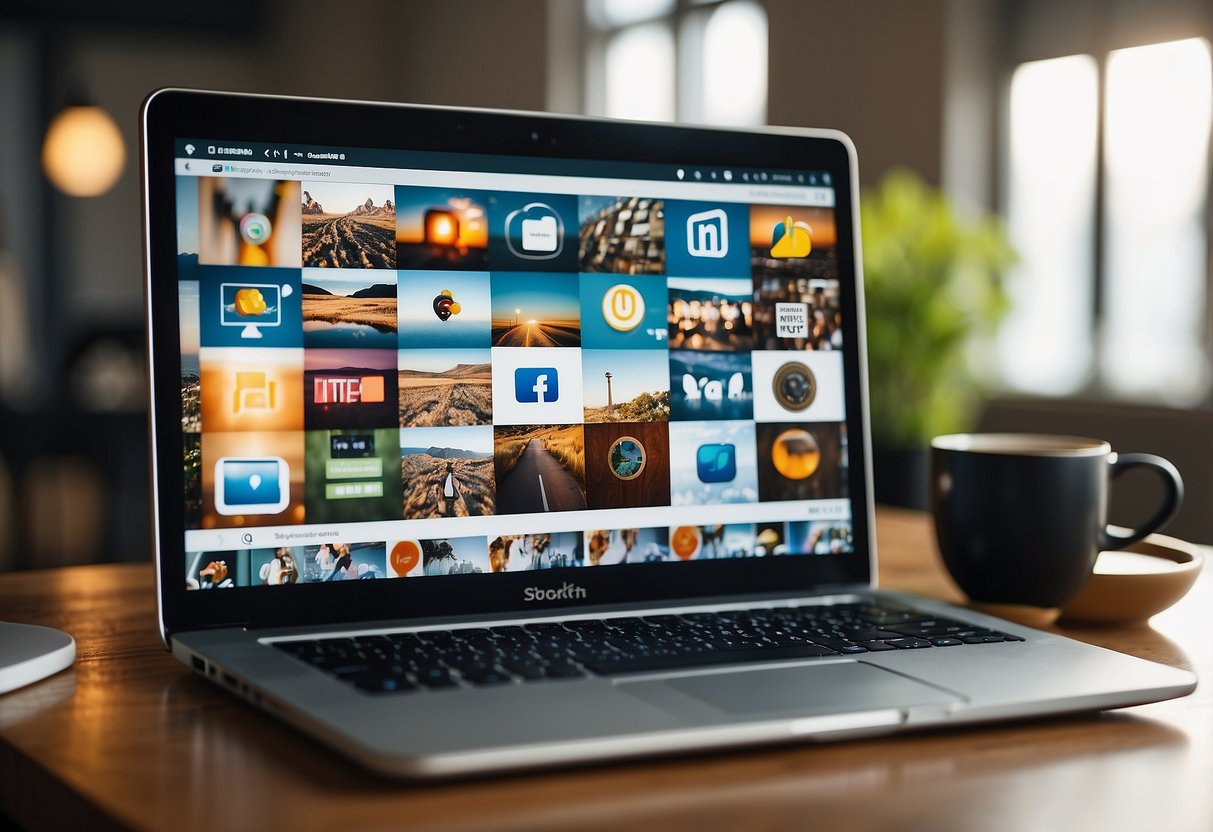
Micro-influencers can skyrocket their success by:
Using Instagram Smartly
- Create short, catchy Reels to reach more people.
- Share behind-the-scenes moments and quick offers with Stories.
- Connect directly with fans through Live Streams.
Choosing the Right Tools
- Find and track influencers with tools like Modash.
- Prioritize user-friendly tools with detailed analytics.
- Consider your budget when picking tools.
- Explore options like IZEA, Insense, and Klear for efficient campaign management.
Successful Micro-Influencer Campaigns
Successful Campaigns
These influencers can pack a big punch. Thanks to their dedicated followers.
Here’s how:
- Authenticity is King: Remember those genuine recommendations from friends? Micro-influencers can recreate that. Take Lumene, a brand that partnered with micro-influencers for regular posts and stories. Their followers saw real people using the products, leading to a big boost in brand awareness (check out Promoty for the full story).
- Giveaways Get the Party Started: People love free stuff, and giveaways can be a great way to spark engagement—partner with influencers to host giveaways, directing their followers to your brand page. You can also make a competition and send the winner presents like their Instagram profile neon sign, a pillow with their name, etc.
- Speak Their Language: Sponsored content works best when it’s clear, relatable, and feels natural. Think of a beauty brand that saw a sales surge. This is all because of micro-influencers who created real relatable content about the products.
Common Challenges
Micro-influencer marketing comes with some challenges. Here’s how to tackle them:
- Keeping it Real: The key to success is authenticity. If an influencer’s promotions feel forced, they lose credibility. Work with influencers who genuinely love your product. Providing them with free samples for honest reviews can build trust with their audience.
- Tracking Your Wins: Did your campaign deliver? Without clear metrics, it’s hard to say. Use tracking tools and set specific goals for each campaign. Platforms like GRIN can help you analyze engagement and sales.
- Juggling the Team: Managing multiple influencers can be a handful. Establish clear communication channels and agreements that outline expectations. Check in regularly to ensure the campaign stays on track and aligns with your brand’s vision.
Frequently Asked Questions
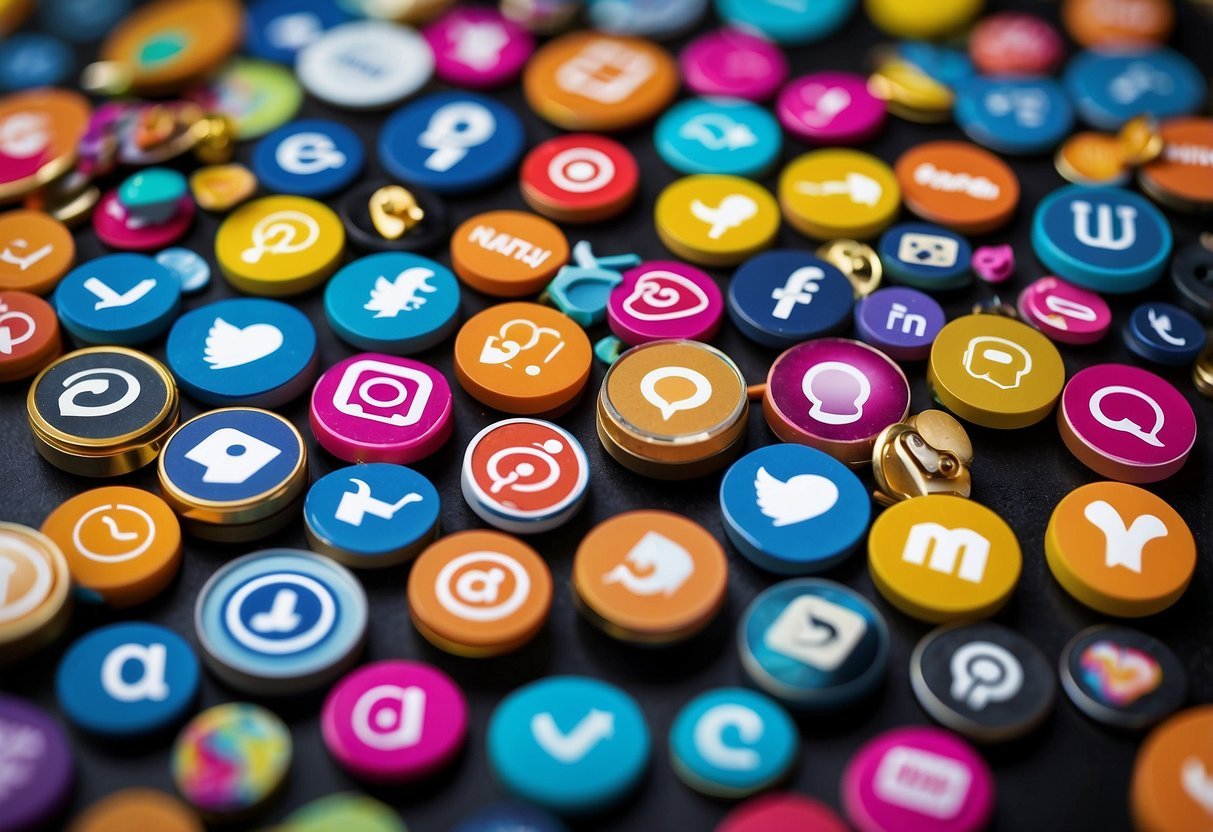
Learn what brands look for in micro-influencers, how creators can monetize their presence, and the best strategies for attracting collaborations. Understand typical follower counts for micro-influencers and discover which brands collaborate most often with small-scale Instagram creators.
What criteria do brands consider when partnering with small-scale influencers on Instagram?
Brands often look at engagement rates, content quality, and niche relevance. They prefer influencers who have authentic followers and produce consistent, high-quality posts that align with the brand’s image. Past collaborations and testimonials from other brands can also be important.
How can micro-influencers monetize their Instagram presence effectively?
Micro-influencers can earn through sponsored posts, affiliate marketing, and selling their own products or services. Joining micro-influencer platforms like Traackr can connect them with brands looking for partnerships. Additionally, promoting exclusive content through subscription services can offer another revenue stream.
What are the best strategies for small influencers to attract collaborations with brands?
Consistency in posting and engaging with followers is key. You should also ensure your content aligns with the type of brands you want to attract. Reaching out to brands directly, using relevant hashtags, and participating in influencer marketing platforms can increase your visibility to potential brand partners.
How many followers typically define an Instagram account as ‘micro-influencer’ status?
Micro-influencers usually have between 1,000 to 100,000 followers. This range allows them to maintain niche audiences with high engagement rates, making them attractive to brands seeking targeted marketing.
What types of brands are most receptive to working with small-scale Instagram creators?
Brands from varied industries, such as fashion, beauty, fitness, and lifestyle, often work with micro-influencers. Companies like Daniel Wellington collaborate frequently with them because of their relatable content and strong engagement.
What steps should micro-influencers take to receive PR packages from beauty and fashion brands?
First, build a strong and engaged following. Create high-quality content and tag brands in your posts. It helps to send professional pitches directly to brands’ PR departments. Registering with influencer platforms and participating in brand campaigns can also increase your chances of receiving PR packages.
Conclusion: Micro-Influencers
Micro-influencers can be a powerful marketing tool. They offer high engagement with niche audiences. You get all of this at a fraction of the cost of macro-influencers.
Make sure you partner with the right micro-influencers and create compelling content. This way you can build brand awareness, drive sales, and forge genuine connections with your target market.
If you want to learn more about increasing your Instagram engagement, hop over to insfollowpro.com.

